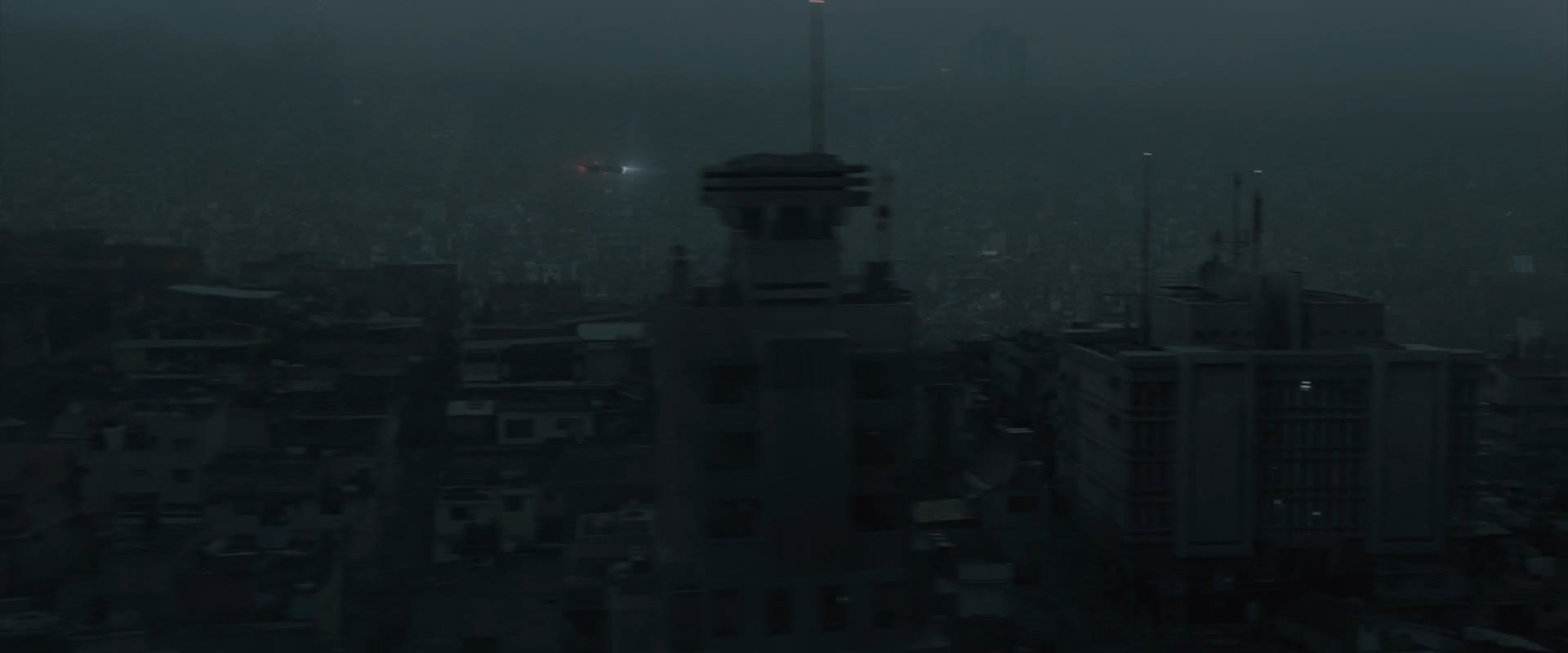Denis Villeneuve, expert of visual storytelling, frequently employs the panning shot with an extensive use of the parallax effect to immerse viewers in his films, allowing them to experience a sense of place, scale, and depth like never before. He uses these teqniques most visibly in “Blade Runner 2049” (2017), “Enemy” (2013), and “Dune” (2021), highlighting how his use of the panning shot and parallax effect enhances the audience’s immersion.
The panning shot is a technique where the camera rotates horizontally to capture a wider scene, is a tool that Villeneuve wields masterfully. However, it is his marriage of this technique with the parallax effect that truly elevates his storytelling. The parallax effect, achieved by creating the illusion of depth through the relative motion of foreground and background elements, draws the audience’s gaze and involvement into the frame. Villeneuve’s application of this combination immerses viewers in a tangible sense of space.

In “Blade Runner 2049”, Villeneuve employs this technique to stunning effect. The sprawling cityscape of a futuristic Los Angeles is captured through sweeping panning shots that showcase expansive slums, towering skyscrapers, and soaring advertisement holograms. The parallax effect comes into play as the foreground elements, like the protagonist’s vehicle, move independently of the background, emphasizing the vastness and intricacy of this dystopian world. The audience is enveloped in a reality that feels both immense and tactile, rendering the futuristic setting almost tangible.
”Enemy” takes a more intimate approach to this technique. Villeneuve uses the panning shot and parallax effect to delve into the psychological landscape of the protagonist, creating an unsettling atmosphere. As the camera pans across the stark, brutalist apartment buildings, the subtle movements of buildings in the foreground against the background hint at the duality and disorientation that plagues the protagonist’s mind. The technique plays on the audience’s subconscious, luring them into the unsettling mindset of the characters and enhancing the film’s enigmatic nature.
In “Dune”, Villeneuve’s mastery of the panning shot with the parallax effect reaches (literally) new heights. The vast desert landscapes of the planet Arrakis are captured with breathtaking beauty. As the camera moves horizontally, the towering sand dunes and rocky formations seem to stretch endlessly, amplified by the parallax effect as the foreground Ornithopters shift subtly against the rocky landscape. This technique transports the audience to the arid world, making them feel the expanse and danger of the environment as if they were walking alongside the characters.
By leveraging the parallax effect’s ability to provide a tangible sense of depth and space, Villeneuve offers an unparalleled engagement with his films’ environments. This not only showcases his prowess as a director but also emphasizes the potential of cinematic techniques to evoke emotions and connect audiences with the stories they behold.